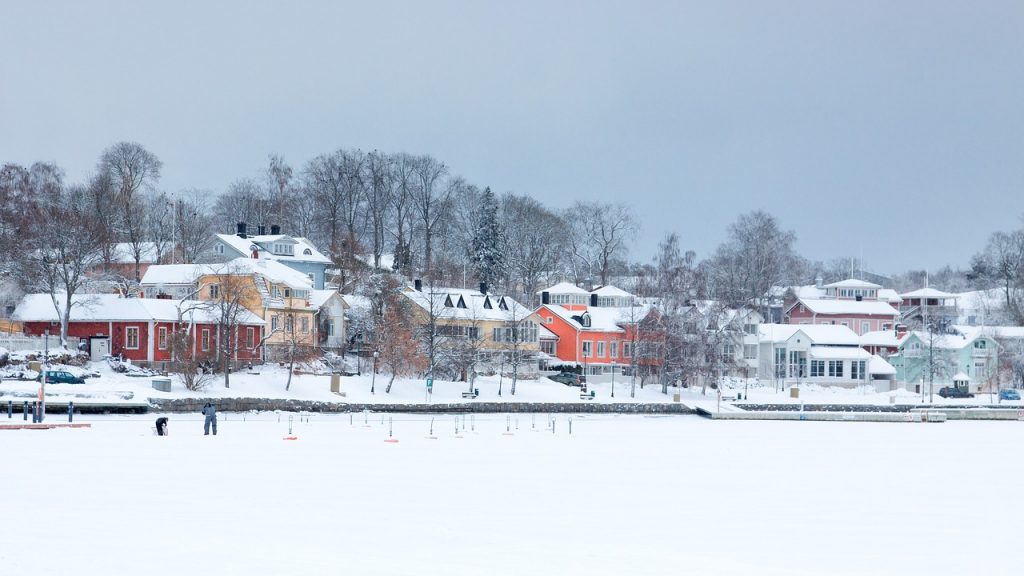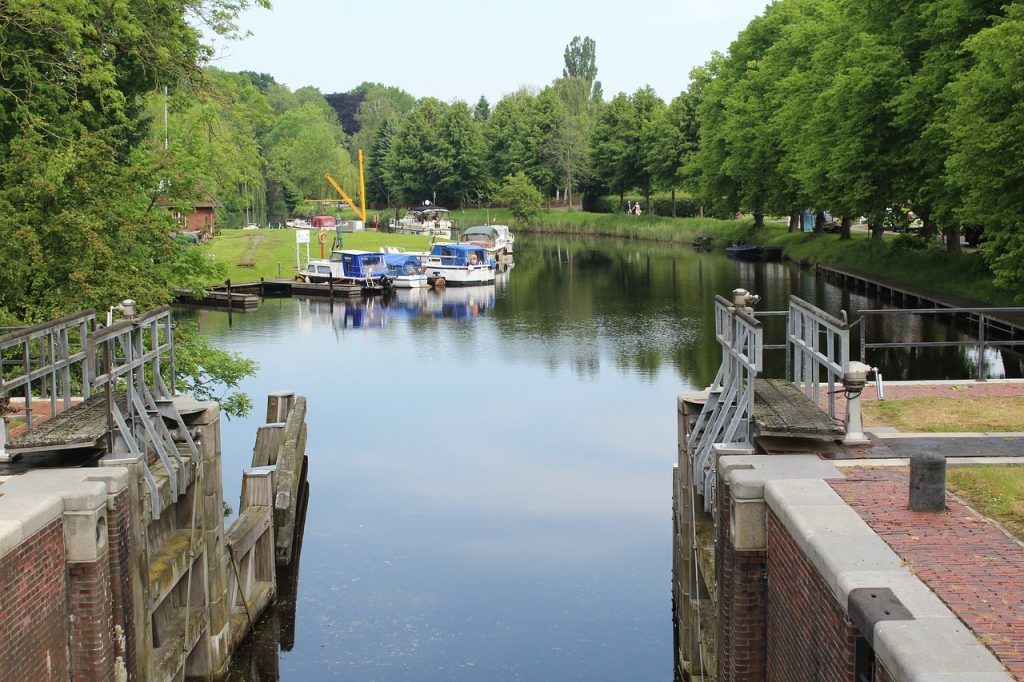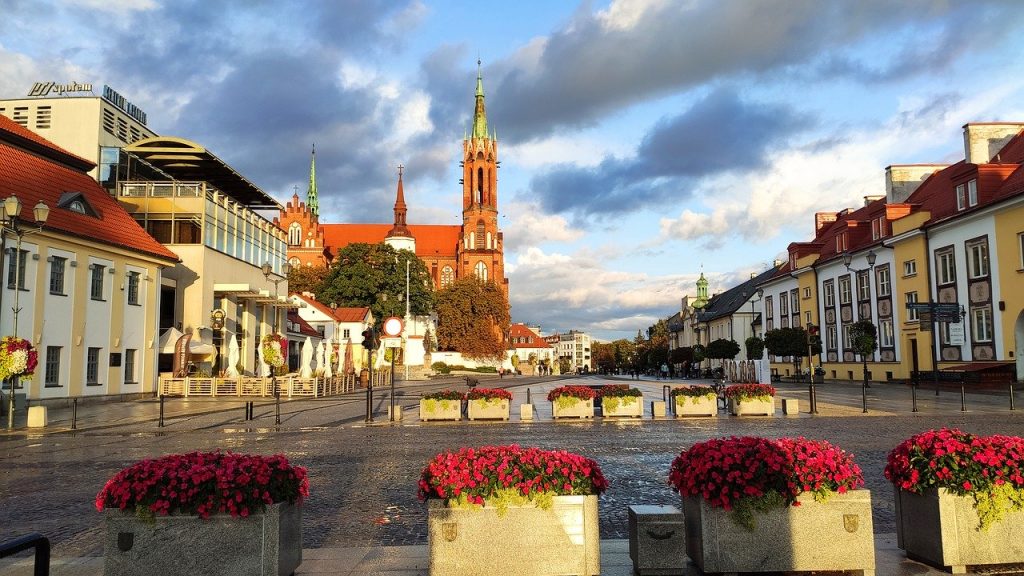Suwalszczyzna (Suwałki Poviat) has a lot of very interesting attractions worth seeing and a lot of ways to spend time actively for every tourist.
The Suwałki land is characterized by a very varied terrain. The area of the Suwałki poviat gradually rises from about 120 meters above sea level in the south, up to about 300 meters above sea level in the north of the poviat. It is a land of contrasts and an unusual accumulation of various forms of postglacial terrain. The central part of the poviat is occupied by the Suwałki Landscape Park – the oldest in the country, and in it: moraine plateaus, kems, ozones, and a hanging river valley.
Natural gems are water reservoirs, ranging from charming springs through river streams, including the three crest rivers of the District: Rospuda, Szeszupa and Czarna Hańcza, ending with the lakes.
Tripoint border in Bolciach – Polish cold pole
In Bolcie near Wiżajny, not far from road No. 651, there is a point where the borders of three countries meet: Poland, Lithuania and Russia (Kaliningrad Oblast). This point was marked with a granite pole with the emblems of three neighboring countries and an inscription in the language of the given country. It is called “Vishtyniec”.
Szeszupa River
It is the river of the Lithuanian Lake District, a tributary of the Nemunas, 297.6 km long, of which 24 km is located on Polish territory (entirely within the Suwałki poviat). It flows through the center of the Suwałki Landscape Park.
Rospuda River
In the past, she was called Dowspuda, Rowspuda. It begins in sources on the outskirts of the Romnicka Forest. Its length is 80 km, it is very interesting and at the same time difficult to go canoeing. It flows through eight lakes.
The Black Hańcza River
Is the largest river of the Suwałki region. On his way from lake Hańcza to Nemunas enriches the Suwałki region with unique, beautiful landscapes. It binds three subregions from the north with the West Suwałki and East Suwałki lake districts, and from the south with the Augustów Plain.

Wigry Narrow Gauge Railway
In the village of Płociczno Tartak there is an initial historic station, built at the beginning of the 20th century by a forest railway. The remains of the former railway are now used to serve tourists as the Wigry Narrow Gauge Railway.
Wigry Lake
The monastery complex of the Camaldolese Order at Lake Wigry belongs to the most beautiful monuments and the greatest tourist attractions of the region. You can visit the restored Baroque church, hermitage, other buildings.
Sudawa Mountains
The Sudawa Mountains are a richly carved moraine plateau in the north-east of the poviat, just off the border with Lithuania. Moraine hills, of which the Prussian Mountain is the highest (250 meters above sea level), kems and gorges form the landscape of the foothills. The valleys are filled with numerous swamps, streams and lakes, while the hills are largely overgrown with forests.
The stronghold in Jegliniec
The Yotvingian stronghold in Jeglińiec located at the border with Lithuania is a remnant of a powerful settlement that functioned in the 4th-12th century CE. To this day, old defensive fortifications with stone embankments and a gate from the north-east are visible.
Hutt’s court
The stone manor house dates from the mid-nineteenth century. It is surrounded by the remains of an old park with an orchard. The manor was built on the site of the former Camaldolese farm from the 18th century called Hutta
Wodziłki
A settlement founded in 1788 by Old Believers fleeing persecution from Russia. In Wodziki there is the oldest in the region, the temple of Old Believers from 1921. It is a monument of wooden religious architecture.
Szelment
Szelment has one of the largest lakes in the region: Szelment Wielki. The rich shoreline of this gutter lake enhances the landscape of its surroundings. In the summer you can use the beach and water equipment rental.
Smolniki
The Smolnik landscape attraction are viewpoints. From the observation platform “At Pan Tadeusz” you can admire the picturesque panorama of the most beautiful scenery of the Suwałki Landscape Park, the group of Kleszczowic lakes and the Cisowa Mountain as well as the Jaczno Lake.
Stary Folwark
On the shores of Lake Wigry is the Wigry Museum of Alfred Lityński created by the Wigry National Park. The museum presents the natural richness, history of the area, cultural heritage and achievements of the Hydrobiological Station operating in this place in 1927-1939 in a modern, multimedia way.
Raczki
In the village it is worth visiting the stone church, which in the years 1823-1825 on the order of Count Pac was rebuilt in the classical style, and the interior decorations made by Italian artists working simultaneously on the decor of the palace in Dowspuda.
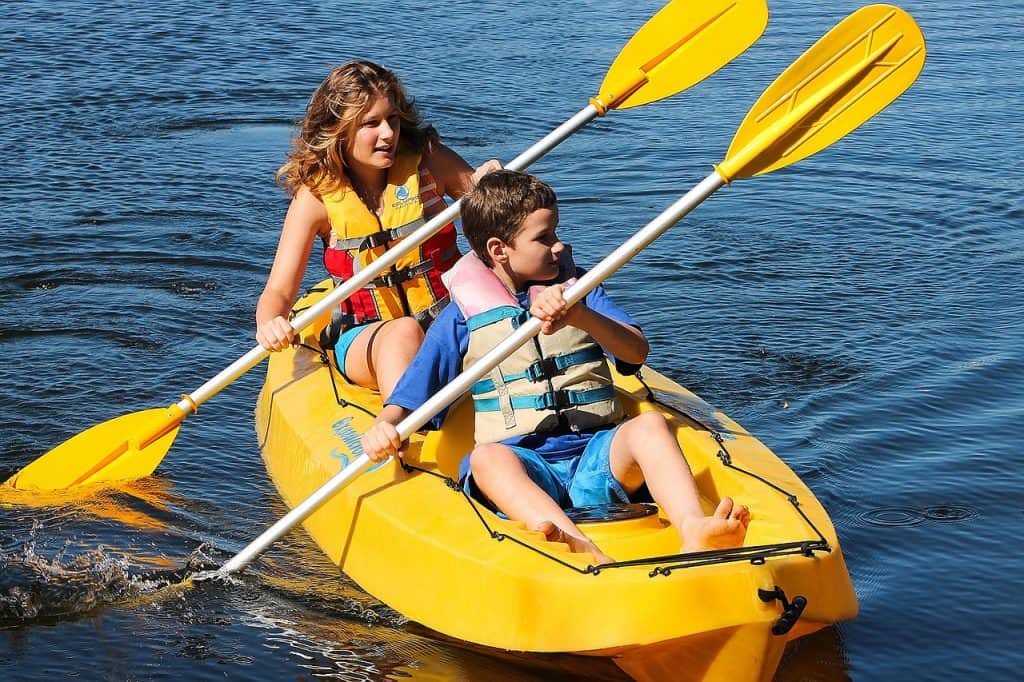
Przełomka
Village on the lake Hańcza, which houses the Village Gallery run by the Mackiewicz family. In addition to objects that document the history of the region, a house built of clay and straw, adapted to year-round recreation, enjoys popularity.
Przerosl
In addition to the interesting, historic urban spatial arrangement of the sixteenth century, it is worth seeing two historic buildings: a wooden belfry and presbytery: both of the nineteenth century Inside the parish church famous for the image of the Transfiguration. In the center of Przerośl there is a regional chamber and a tourist information point.
Right Forest – shelters from the 20th century
At this point of resistance near Przerośl, on the German border fortification line, there are 2 war shelters – one blown up, the other well preserved with a long orylon, shooting plate and observation dome.
Krzywe
The seat of the Wigry National Park is located here. You can see here the museum and ethnographic exhibition in the nearby regional chamber. There is a tourist information point where you can buy entrance cards to the Park. From here, you can go on two cognitive paths: Las and Suchary.
Jeleniewo
The temple in Jeleniewo is a monument of nineteenth-century, religious wooden construction. Some valuable interior furnishings come from the 18th century. Next to the church there is a wooden belfry from the 2nd half of the 19th century. The church facilities are located on a small hill near the market, surrounded by a stone wall with four chapels from the 2nd half of the 19th century
Gawrych Ruda
In the town of Gawrych Ruda, located on the Słupia Bay of Lake Wigry, there is a signposted “Jezior” educational trail. The path allows you to get acquainted with the history of the area, its geomorphology and the three lakes of the Wigry National Park: Wigry, Suchar Wielki and Długie. There are tables describing species of trees, shrubs and animals.
Filipino
The main monument of the village is a brick, classical church. Inside there are 5 wooden altars, including the Baroque main altar from the mid-seventeenth century. Several historic (19th century) houses have been preserved by the historic market square, there is also an obelisk dedicated to Józef Piłsudski.
Red Farm
In the museum created in the fishing base of the Wigry National Park you can visit two exhibitions: History and tradition of fishing on the Wigry River and the Nadwigierskie military. In addition to films on fishing and posters, you can see many interesting exhibits here.
Bakałarzewo
In the center of the former town it is worth seeing the monument of Bakałarz – the founder of the village. Noteworthy is also a historic church, and in it a baroque altar from the 17th century, which is the oldest monument of this type in the Suwalki region.
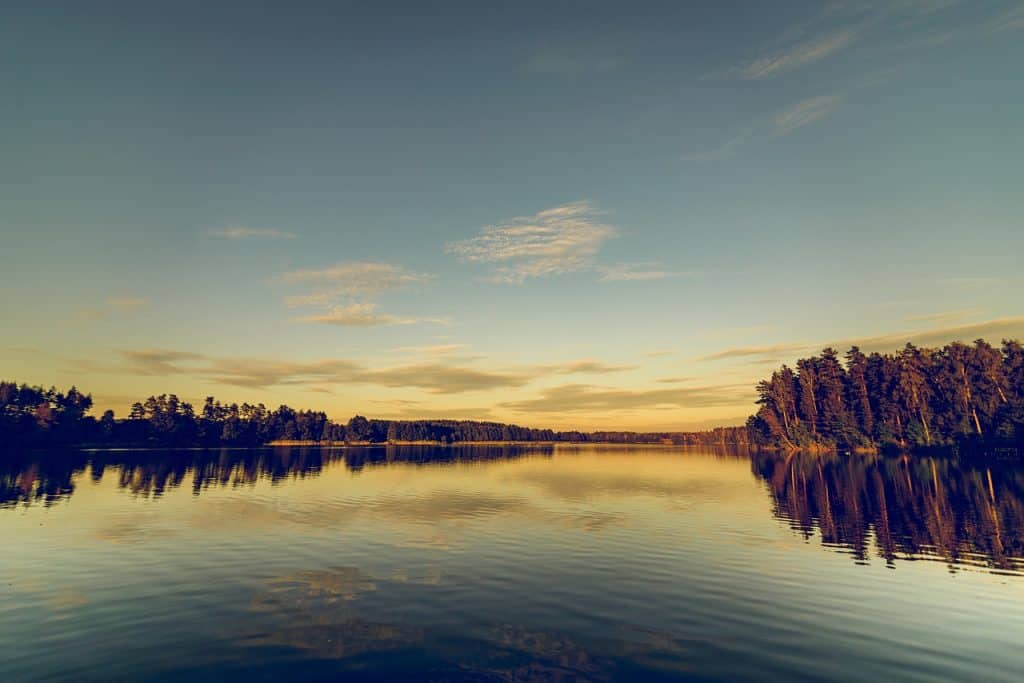
Turtul
The seat of the Suwałki Landscape Park is located here. This oldest landscape park in Poland with an area of 62.8 km2 protects the post-glacial landscape, and in it: moraine plateaus, boulders, sanders, kems, ozes, hanging river valley, numerous lakes, including lakes. Hancza.
Stara Hańcza
Stara Hańcza is a hamlet of the village of Mierkinie on the lake Hancza. There are the ruins of a former manor house, a manor park and two ponds. From the eighteenth century there was the seat of extensive landed estate. The mansion underwent turbulent history and repeatedly changed owners, it was destroyed by fire in 1946.
Dowspuda
The main attraction of this town are the remains of the 19th century. the palace of count Ludwik Michał Pac. Built between 1820 and 1823, in the then emerging English Neo-Gothic, it was one of the most beautiful and impressive in Poland. After the defeat of the November Uprising, in which General Pac participated, the tsarist authorities confiscated the estate and a gradual process of destruction of the magnificent palace and park took place.
Yotvingian cemetery – Suwalki near Switzerland
Yotvingian cemetery in Suwalki near Switzerland – second and fifth century AD is a valuable proof that these tribes lived in the Suwałki land. There are several dozen burial mounds from the second-sixth century AD. So-called princely graves were also discovered here. It is a reserve with an area of 4.12 hectares and is also characterized by rich vegetation. At the beginning of July, the Jaćwieski Archaeological Festival takes place here.
The article comes from the website http://www.powiat.suwalski.pl/
